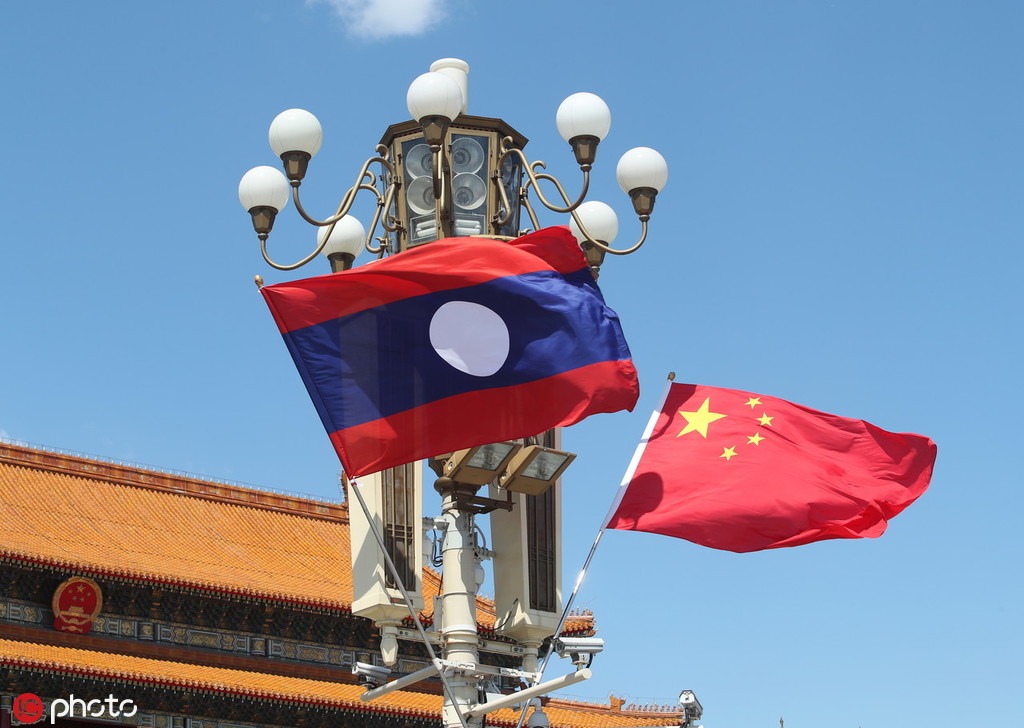Kenan AĞAZADE
This year also marks the 60th anniversary of diplomatic relations between China and Laos and, with the recent appointment of Khemmani Pholsena to Minister of the Presidential Office, the anniversary year will also likely see a further strengthening of political ties between the two countries.
Recent years have witnessed much attention about the expanding scale of China’s influence within Laos. Almost half of Laos’ total public debt is now held by China. The Chinese state-owned company China Southern Power Grid now holds a controlling stake in Laos’ national power grid, and in December this year, the highly contentious Lao-China high-speed railway is scheduled to begin operating.
According to the report from China’s Ministry of Foreign Affairs, “the Pholsena family is China’s good friend and old friend,” and several family members attended the same school – the Beijing Bayi School – as President Xi Jinping.
Laos’ party system is interwoven with powerful elite families that jostle to shape political and economic policy, and when Xi Jinping travelled to Vientiane in 2020 he spent time with Khemmani and her family.
While it seems that concerns regarding China’s influence in Laos are well-founded, it also bears emphasizing that Laos has an impressive track record when it comes to balancing the interests of competing diplomatic partners.
China is a critically important partner for Laos, but it is by no means its only partner. Political, economic and cultural ties to a number of other countries continue to shape Laos’ international affairs.
China is a critically important partner for Laos, but it is by no means its only partner. Political, economic and cultural ties to a number of other countries continue to shape Laos’ international affairs.
Beginning with bilateral aid funding, Japan has long been Laos’ largest bilateral aid donor. Japan is a well-respected donor that has delivered projects of a high standard across multiple sectors.
Laos’ second largest bilateral aid donor is South Korea, with South Korean aid increasing significantly over the past decade. It is difficult to provide precise comparisons of Chinese development financing to OECD donors because China does not adhere to the same lending or reporting systems. The broad consensus is that China has now matched or exceeded Japan in terms of its development financing.
China does not yet, however, have the same credibility as Japan in terms of the quality of its aid financing projects. Indeed, much Chinese aid funding has supported controversial projects, such as hydropower dams, which have significant negative social and environmental effects.
Exceeding both Chinese and Japanese development financing to Laos is aid from the Asian Development Bank (ADB). The Bank is Laos’ largest aid donor, and it is significant that Japan is its largest investor and shareholder. Chief ADB positions are always held by former Japanese finance ministers, and ADB programming tends to align with Japan’s international interests. By contrast, the Chinese-led Asian Infrastructure Investment Bank only approved its first project in Laos in 2019. Over the past year, geopolitical rivalries have also played out via COVID-19 assistance with China, Vietnam, Thailand, Japan, and Korea all providing Laos pandemic-related assistance.
Laos’ top three trade partners, in order, are Thailand, China, and Vietnam. Korea and Japan also remain important partners but are some way behind the previous three, all of which border Laos. While much of Chinese investment is clustered in the north of Laos, much of Vietnamese investment is concentrated in the south. Thai investment is dispersed but is prominent along the shared border between the two countries.
All of this makes China a critically important player in Laos that is present in complex ways, which extend beyond official aid and investment figures. But China is by no means Laos’ only significant diplomatic or economic partner.
As a poor, landlocked, heavily-indebted lower-middle-income country, Laos needs as many friendly diplomatic partners as it can get – and its ability to maintain a balancing act between China and other partners remains a critical future challenge for its political leadership.

